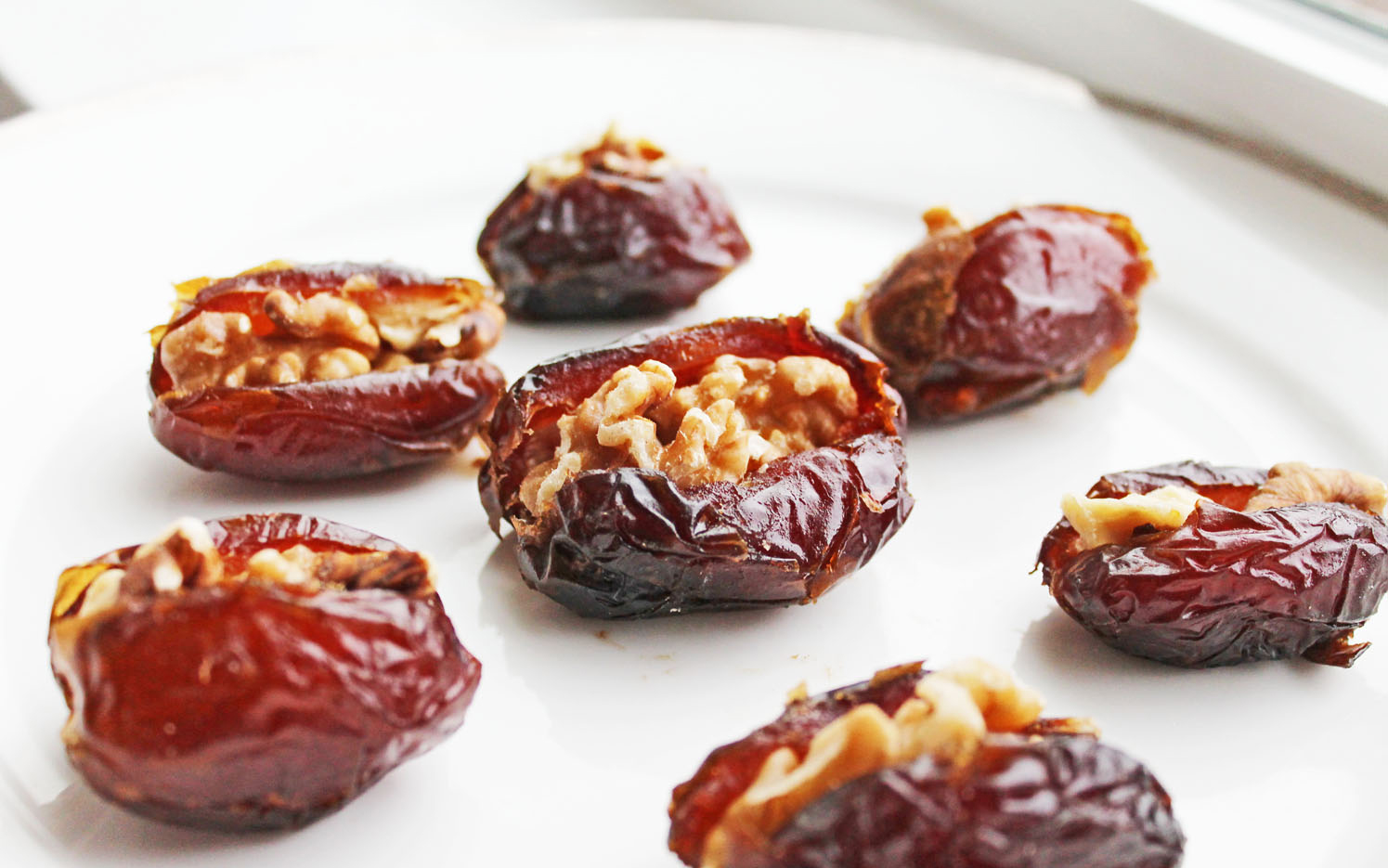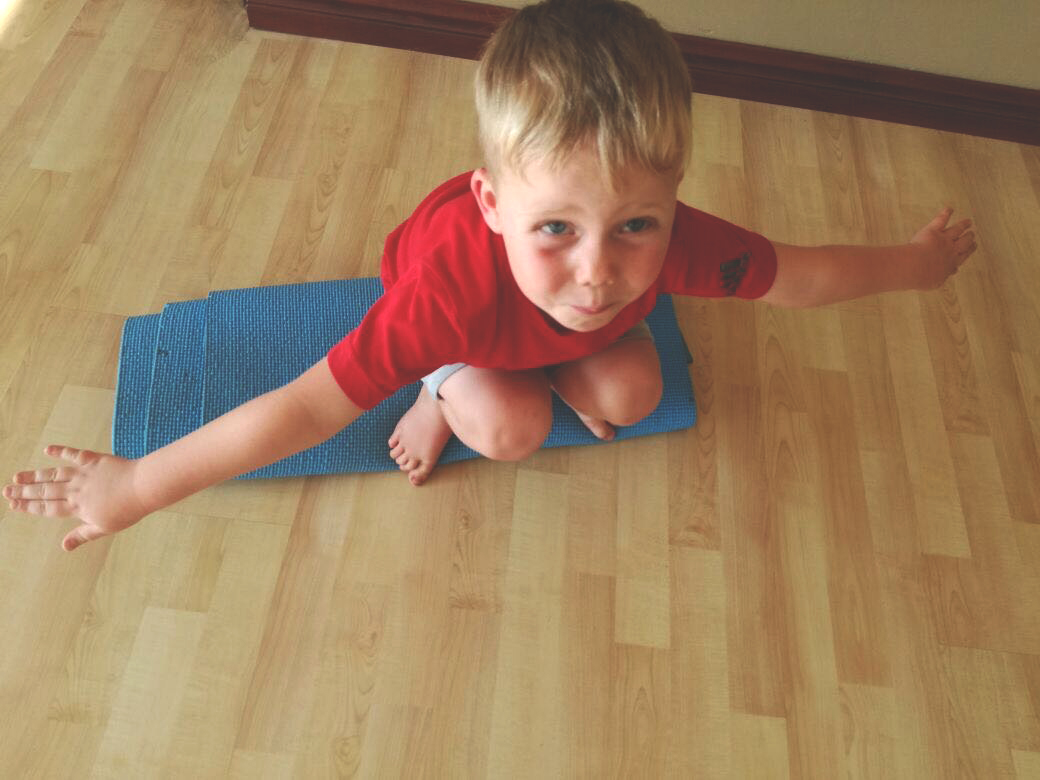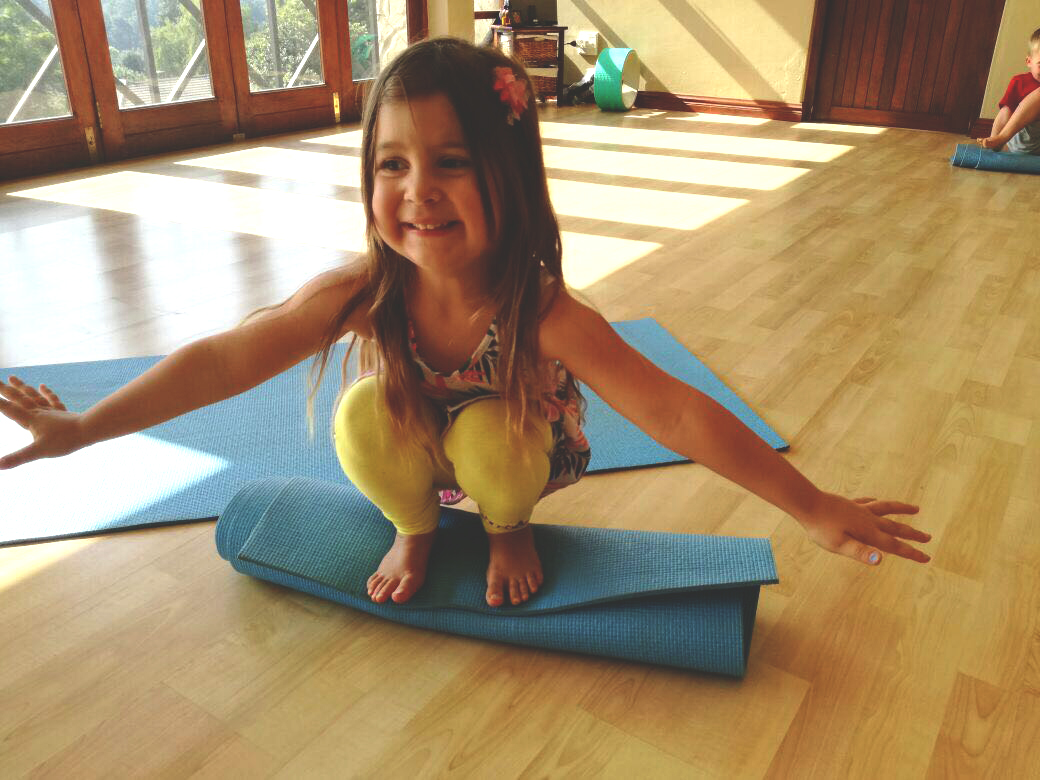Being immersed in and surrounded by nature (God’s Garden) fed and deeply nourished my inner being.
Camping entails being outdoors more than indoors. Daily chores keep the body moving, which is welcome after hours of travelling in the car. Feeling the Botswanan sun on my skin in the knowledge that Vitamin D levels were being hugely boosted, was a joy.
My body benefitted enormously by practising yoga in the fresh air and the coolness of the large canopy trees like the Marula amongst many others. Yoga stretches every part of the body and calms the mind. This was vital for me after the loss of my beloved Dad, in mid-February and the sudden loss of a very dear friend and close colleague of my husband just a fortnight before our departure.
I was thrilled to have a yoga ‘buddy’ from our group who joined me. Barbie was enthusiastic and quick to learn, which pushed our yoga sessions to the next level!
Having gone the extra mile with my food preparation paid huge dividends. I had a menu plan from which I could choose and, with minimal input, my meals were ready in a jiffy. Travelling to Moremi involved four full days of driving. I had pre-prepared smoothies for our breakfasts and green juices for our lunches in stainless steel flasks. Each day the flasks were stored in the little fridge between the front seats for easy access. Travel time was only punctuated by ‘pit stops’ for refuelling or ‘calls of nature’ (grateful thanks for the caravan loo!).
We had restaurant dinners on nights one and three and fully prepared meals on nights two and four. Quick meal prep meant more emphasis on socialising with our group; as well as getting well-earned rest so as to be sufficiently energised to tackle the next full day of travel. On the final day, we had to set up our camp in Moremi.
Traversing in Moremi was limited due to the huge amount of water everywhere. However, it’s always so special to encounter a variety of buck, buffalo, giraffe, elephants and lions. We were equally enthralled with seeing the abundant variety of bird life. In the camp, we could always hear the tapping of Woodpeckers and noisy calls of the arrow-marked Babblers. At night the grunts of nearby hippo’s through the reeds and the call of the Scops Owl could be heard; as well as other night sounds like lions roaring in the wee hours.
Afternoon and evening boat rides on the Okavango River and later on the Chobe River were awesome. Sunsets were exquisite, and observing the setting sun and subsequent silhouettes developing over the water was spectacular!
Offering super delicious after-dinner treats around the campfire was so satisfying for me. My airtight container (which was stored in the caravan freezer) was passed around each evening and the group thoroughly savoured my chocolate fudge, rocky road fudge and chocolate truffles.
The Savuti plains and marsh served us abundant herds of animals – wildebeest, buffalo, impala, elephants; as well as two prides of lions; and a magnificent sighting of an elusive leopard at dusk on its rocky outcrop.
Camping on the banks of the hugely expanded Chobe River was magnificent. Our one campsite was largely flooded so we had to create a camping (in close quarters) condo with 12 people on one site! In the Chobe Reserve, it felt like there was an animal / bird / reptile viewing reward around virtually every corner. Lions, elephants, giraffe, buffalo, tortoises, water monitors, crocodiles, hippo’s, lechwe, puku and a whole host of water birds.
We packed away camp for the last time and used the journey with our five car and caravan/trailer cavalcade as our final game viewing experience. The highlight of this journey was an enormous herd of elephants (with tiny babies) crossing the road.
On arrival at the Chobe Marina Lodge we were welcomed with delicious home-made lemon iced tea. What a treat to be in a beautiful hotel on the banks of the Chobe River. We were able to revel in wonderful warm baths and showers, sleep in crisp white linen and have meals served to us. Early morning yoga on the reading deck was spectacular! We all thoroughly enjoyed the afternoon and evening boat rides on the Chobe River with the highlight being a pod of about 18 hippo’s at close quarters giving us wonderful yawning and water spraying displays. We explored the curio shops for gifts and immersed ourselves in the friendly, relaxed atmosphere of Kasane before resurfacing for the final push – first to Martin’s Drift (our last night together as a group at Kwanokeng Lodge) then across the border into South Africa – blending back into our familiar urban environment.

























































